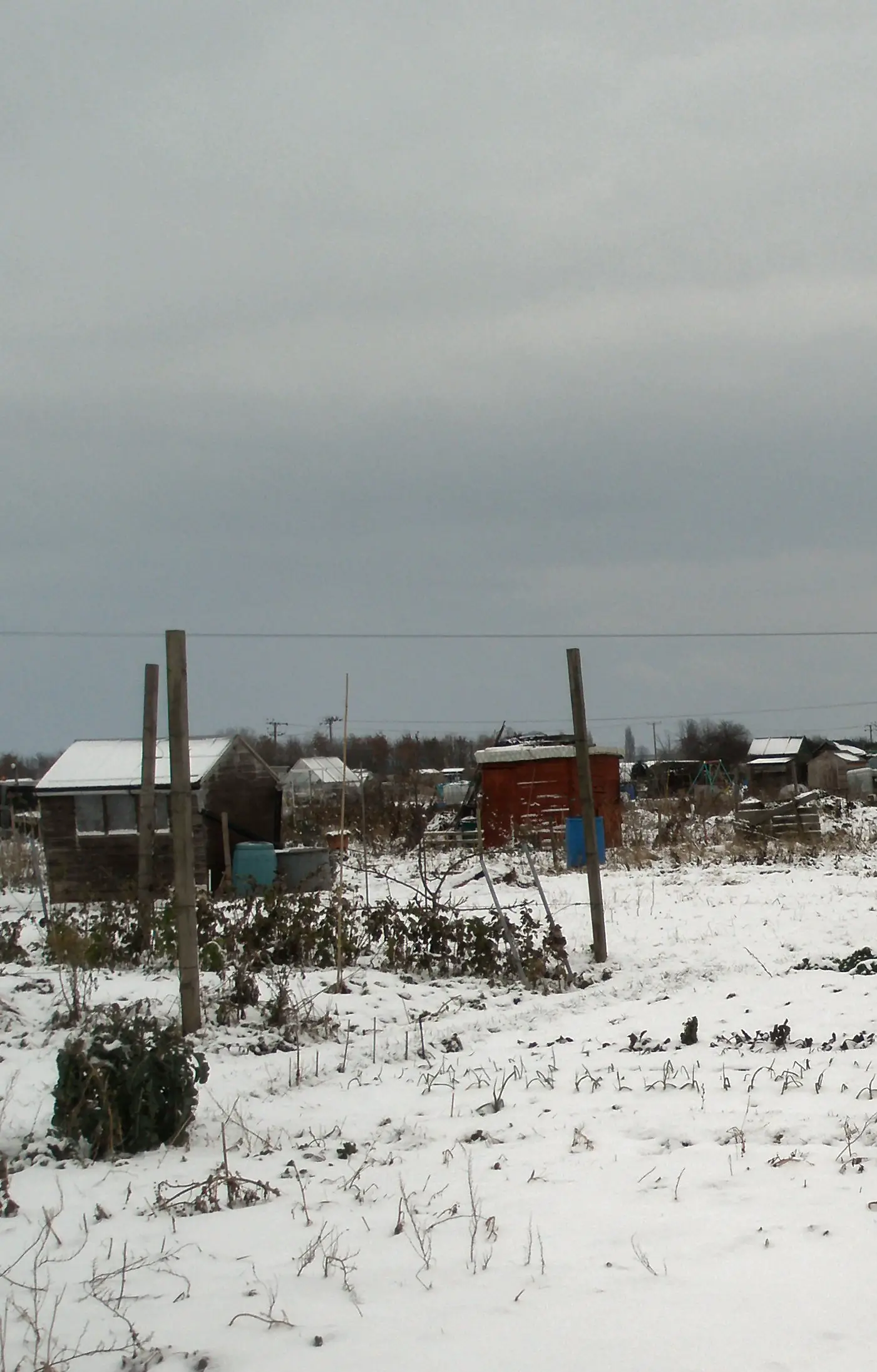Last Updated on April 16, 2024 by Real Men Sow
Lots of winter vegetable plants are very robust, but you might want to consider giving some frost protection for the plants. I’m lucky enough to have a greenhouse, so any plants growing in there will have an extra layer of protection to start with, but what other precautions can you take against a snap frost? I created a list of tips for you to prevent your plants from sudden frost and to keep them well throughout the winter.
Quick Tips For Frost Protection for Plants In The Winter
Cover up your Plants
Try covering your row with horticultural fleece, which will insulate the plants on cold nights. . This meshy substance will protect your seedlings by raising the temperature a degree or so. Bubble wrap is a cheap alternative if you can’t find fleece but remember to take it off in the morning as it can sweat the plants. Remember to secure the fleece with old tent hooks or bricks if the wind gets up.
Build a Mini Polytunnel!
One of the neatest solutions I’ve seen at the local allotments used lengths of willow, shaped into an arc, and poked into the ground at each end. A number of these lengths had been placed in a line, with clear plastic sheeting pegged down over the willow.
To be honest, I wouldn’t have worried if this was completely ineffectual, they just looked ace!
Apply Cold Frame
Cold frames are readily available at garden centres and online but can be easily made with an old window and a few bits of timber. If you’ve got the time, a homemade version can be much stronger and longer lasting than cheaper shop alternatives.
A really simple option is to make a rectangle out of old bricks, two high, and lay glass or a window on top.
Mulching and Planning
Mulching around the base of plants doesn’t just insulate, it helps keep water in around the roots. Frozen soil can stop plants from pulling up water, leaving them to die of thirst. One of the best pieces of advice I was given when I began growing in my back garden was to think ahead and plan with the surrounding features in mind.
Give Plants Shelter
Planting winter crops where they have some shelter is a good protection tactic. Next to a wall or fence are good places to plant, as they will give some shelter and warmth and provide a shield from the wind.
Watch Where the Sun Falls (and where it doesn’t)
Keep an eye on which parts of your allotment or garden get the most sun. However, remember frost pockets too. These will be in the lowest parts of the space, so don’t plant winter crops here.
Bring Plants Undercover
If you have plants in containers, bring them into the greenhouse or conservatory during really cold spells. Many people grow blueberries in pots because they can be moved to a milder place when the frosty weather bites.
I’ve also seen broad beans and peas overwintered in pots rather than the ground. Again, the advantage of this is that they can be left undercover until the weather warms up. I’ve had to scrape the windscreen on my car three mornings running now, and I can’t help but turn my thoughts to those hardy (and not so hardy) little vegetable plants that sit out in the elements all night long, every night. I hope you are prepared for the upcoming winter now!
What is the best way to Ensure Frost Protection for Plants?
Grow Seeds in Pots
I sow most of my seeds in pots now, before planting out when they reach a few inches high. There are a number of benefits to this, one of which is their mobility. You can easily move the plants under cover if frost is forecast.
Group your plants together
You can also place your pots close together to create a microclimate around them. This will help raise the temperature enough to beat a frost as well.
Watch the time for the best frost protection
If you do grow in pots, remember not to plant out too early as not only will your plants suffer in temperatures they aren’t ready for, you’ll lose that ability to move them inside.
Generally, I aim to plant out my more delicate seedlings such as tomatoes, squashes, French bean, and courgettes at the beginning of June.
Don’t plant in frost traps
Where you plant out can also affect the survivability (is that a word??) of your seedlings. Frost can be more prevalent in slopes or behind fences and hedges, and also decreases the growing season in that area. Avoid planting out Summer veg here if you can. A good way to identify frost pockets is to check out your garden or plot on the morning of a frost. You’ll easily be able to see where your growing space is more susceptible.


